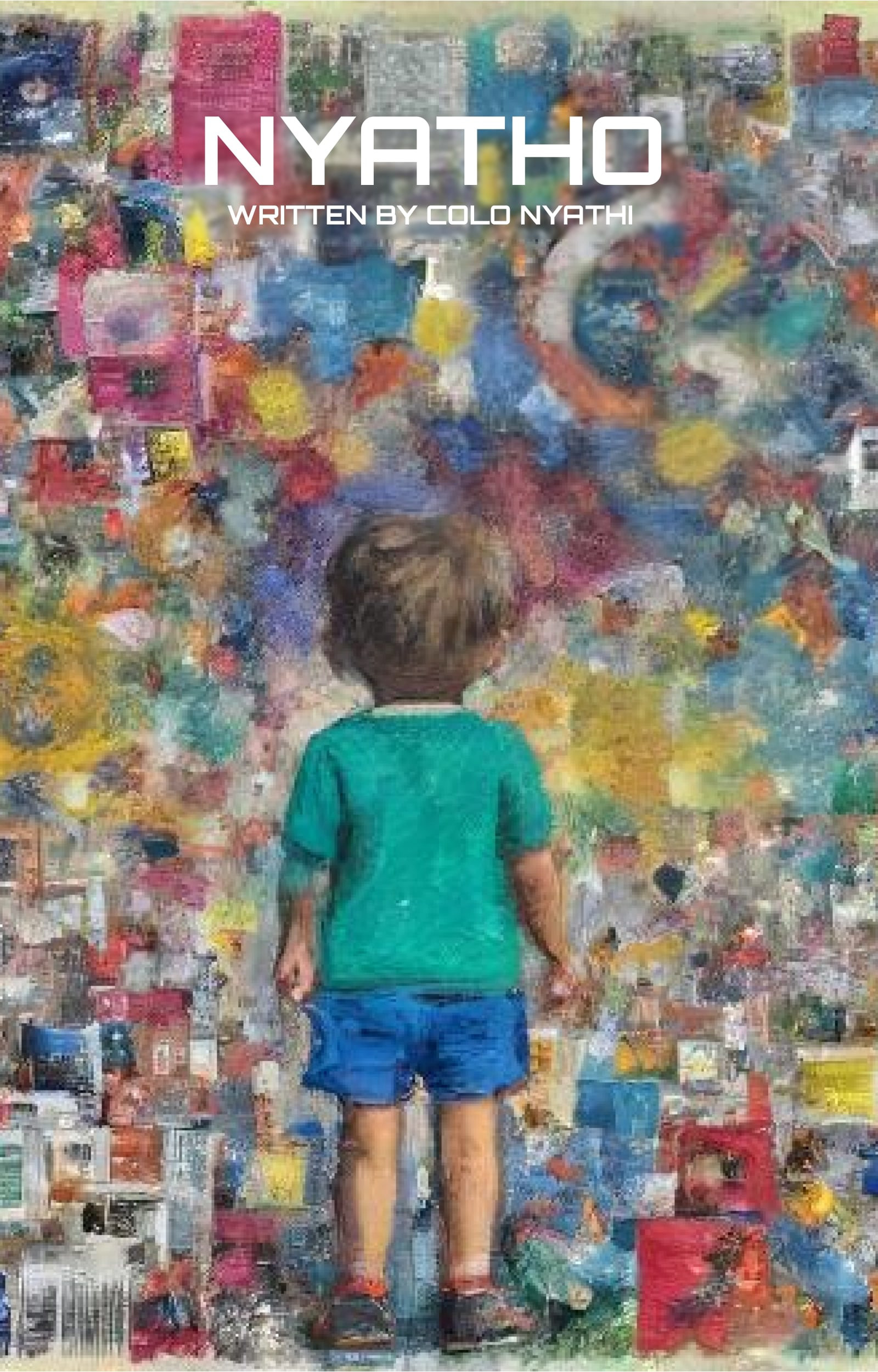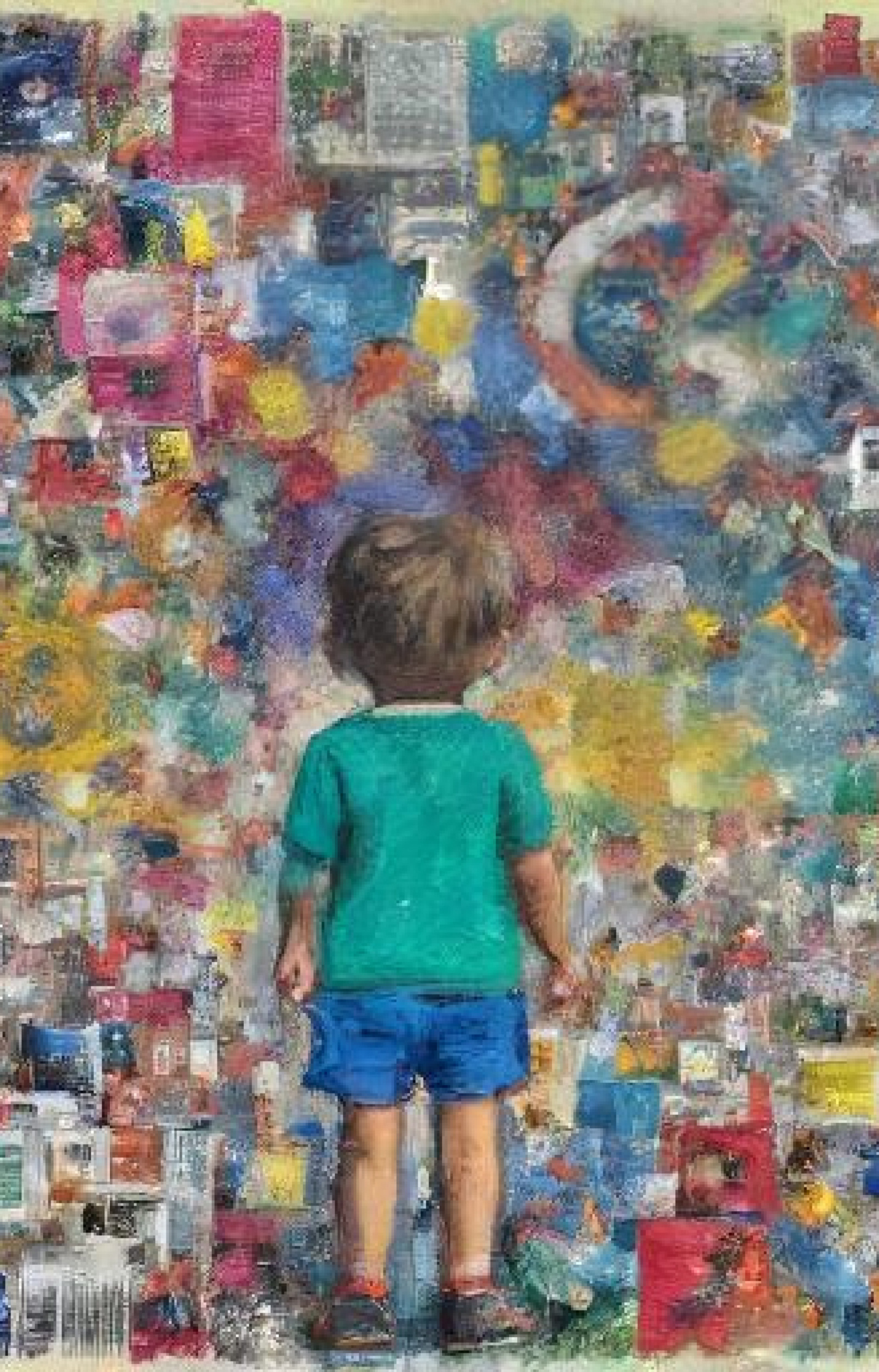Nyatho: A Journey Through Memory and Becoming
More than a coming-of-age novel, Nyatho is a portal into the heart of identity—a quiet yet resonant space where memory meets introspection and where the blurred lines between fiction and lived experience reveal a deeper truth. It invites readers to trace the emotional map of growing up—marked not by milestones but by moments of doubt, reflection, and transformation.
More than a coming-of-age novel, Nyatho is a portal into the heart of identity—a quiet yet resonant space where memory meets introspection and where the blurred lines between fiction and lived experience reveal a deeper truth. It invites readers to trace the emotional map of growing up—marked not by milestones but by moments of doubt, reflection, and transformation.
Behind the Story
Inspired by themes of self-discovery, belonging, and emotional truth, Nyatho explores the delicate, often unspoken tensions that define adolescence. Though fictionalized, the narrative draws deeply from my own life—navigating unfamiliar hallways, searching for connection, and learning to understand myself in a world that didn’t always make space for who I was becoming. Each chapter is a conversation between past and present, between the voice I had and the voice I was learning to trust.
Inspired by themes of self-discovery, belonging, and emotional truth, Nyatho explores the delicate, often unspoken tensions that define adolescence. Though fictionalized, the narrative draws deeply from my own life—navigating unfamiliar hallways, searching for connection, and learning to understand myself in a world that didn’t always make space for who I was becoming. Each chapter is a conversation between past and present, between the voice I had and the voice I was learning to trust.
A Story in Reflection
At the center of Nyatho is a boy who doesn't quite fit—a dreamer caught in the currents of change, solitude, and subtle awakening. His journey mirrors the emotional reality of many young lives: the silent battles with self-worth, the fragile hope of friendship, and the quiet strength found in simply continuing. Through Nyatho, I gave voice to the parts of myself that were too tender to name aloud, and in doing so, I found new ways to understand the beauty in imperfection.
At the center of Nyatho is a boy who doesn't quite fit—a dreamer caught in the currents of change, solitude, and subtle awakening. His journey mirrors the emotional reality of many young lives: the silent battles with self-worth, the fragile hope of friendship, and the quiet strength found in simply continuing. Through Nyatho, I gave voice to the parts of myself that were too tender to name aloud, and in doing so, I found new ways to understand the beauty in imperfection.
The Writing Process
Writing Nyatho was not just about crafting a story; it was about honoring a truth. The process unfolded slowly, almost meditatively—each word pulling me deeper into memories I had once set aside. It was both cathartic and challenging: revisiting old wounds, uncovering moments of clarity, and recognizing how much I had changed—and how much I hadn’t. The book took shape as I permitted myself to be honest, vulnerable, and unfinished.
Writing Nyatho was not just about crafting a story; it was about honoring a truth. The process unfolded slowly, almost meditatively—each word pulling me deeper into memories I had once set aside. It was both cathartic and challenging: revisiting old wounds, uncovering moments of clarity, and recognizing how much I had changed—and how much I hadn’t. The book took shape as I permitted myself to be honest, vulnerable, and unfinished.
Language and Tone
The prose of Nyatho carries the hush of introspection—measured, deliberate, and emotionally textured. It doesn’t shout; it listens. It leans into the silence between sentences, the questions that never found answers, and the moments that passed unnoticed but left lasting imprints. Every page is an invitation to sit with uncertainty and to find meaning not in resolution but in reflection.
The prose of Nyatho carries the hush of introspection—measured, deliberate, and emotionally textured. It doesn’t shout; it listens. It leans into the silence between sentences, the questions that never found answers, and the moments that passed unnoticed but left lasting imprints. Every page is an invitation to sit with uncertainty and to find meaning not in resolution but in reflection.
An Invitation to Reflect
Ultimately, Nyatho is more than a narrative—it’s a love letter to becoming. It honors the winding, nonlinear journey toward self-understanding and the quiet bravery it takes to face oneself fully. It’s for anyone who has ever felt like they were on the outside looking in and for those who are still finding their way. Through Nyatho’s eyes, I came to see that we are all, in some way, still becoming—and that the process itself is the point.
Ultimately, Nyatho is more than a narrative—it’s a love letter to becoming. It honors the winding, nonlinear journey toward self-understanding and the quiet bravery it takes to face oneself fully. It’s for anyone who has ever felt like they were on the outside looking in and for those who are still finding their way. Through Nyatho’s eyes, I came to see that we are all, in some way, still becoming—and that the process itself is the point.





Visuals for Nyatho
The visuals for Nyatho were born from the same emotional and thematic well as the story itself—an exploration of memory, identity, and transformation. The artwork began with the idea of a child navigating a chaotic, vibrant world: a metaphor for growing up amidst fragments of experience, heritage, and imagination.
To create the imagery, I layered textures, scanned newsprint, hand-drawn elements, and digital brushstrokes to build a collage-like surface that feels both overwhelming and full of wonder. The child figure, central to the cover, stands with their back turned—symbolizing introspection, curiosity, and the inward journey that the narrative follows. The background, abstract and densely packed, represents both the noise of the world and the richness of memory. In a version without the figure, the viewer is invited to step into the narrative themselves, reflecting the universal themes embedded in the personal story of Nyatho.
The colors—saturated yet weathered—evoke nostalgia, confusion, and fleeting moments of clarity, mirroring the emotional rhythm of the text. The cover’s layered approach speaks directly to the book’s structure: fragments that slowly reveal the whole.
